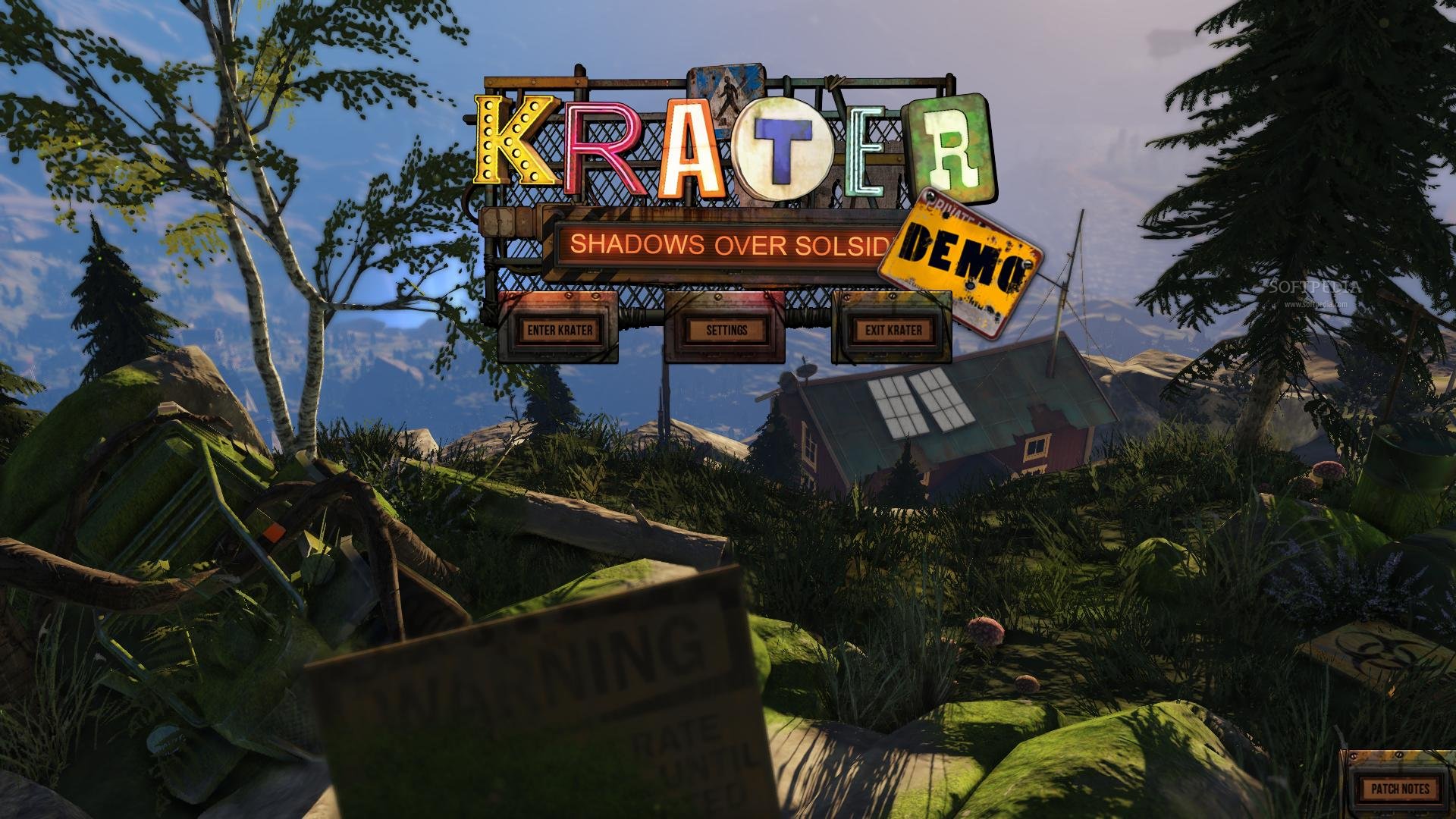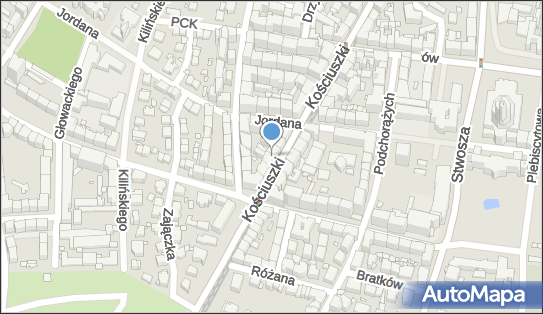

21, New York: The Metropolitan Museum of Art. "Two Colossal Athenian Geometric or "Dipylon" Vases in the Metropolitan Museum of Art." American Journal of Archaeology, 19(4): pp. "Department of Classical Art Accessions of 1914: Geometric Vases." Bulletin of the Metropolitan Museum of Art, 10(4): pp. To experts illuminate this artwork's story Because hourglass shields and chariots played a more limited role at this time than in the earlier Bronze Age, the scene more likely evokes the glorious ancestry and traditions to which the dead man belonged. The figures may refer to the military exploits of the deceased. The zone below shows a procession of chariots and foot soldiers. For optimal clarity, the dead man is shown on his side, and the checkered shroud that would normally cover the body has been raised and regularized into a long rectangle with two projections. On this magnificent krater, the main scene occupies the widest portion of the vase and shows the deceased laid upon a bier surrounded by members of his household and, at either side, mourners. It was only in the Archaic period that stone sculptures were used as funerary monuments. They were large vases, often decorated with funerary representations. The arrow Apollo (to the right of Hector) holds will eventually kill Achilles.Monumental grave markers were first introduced during the Geometric period. Hector has already been wounded, hence his stance. Achilles fighting Hector, watched by their respective patron deities, Athena and Apollo.The fact that they are both nude confirms their heroic status: mortals would have been armoured! Side A: We can tell that Memnon is in trouble because his mother is grasping her hair. Achilles' cheek guard is down, Memnon's is up. Memnon's has a bull blazon, a sword in his hand and another in his scabbard.

Achilles shield has an armband, hand grips and 4 tassels.




 0 kommentar(er)
0 kommentar(er)
